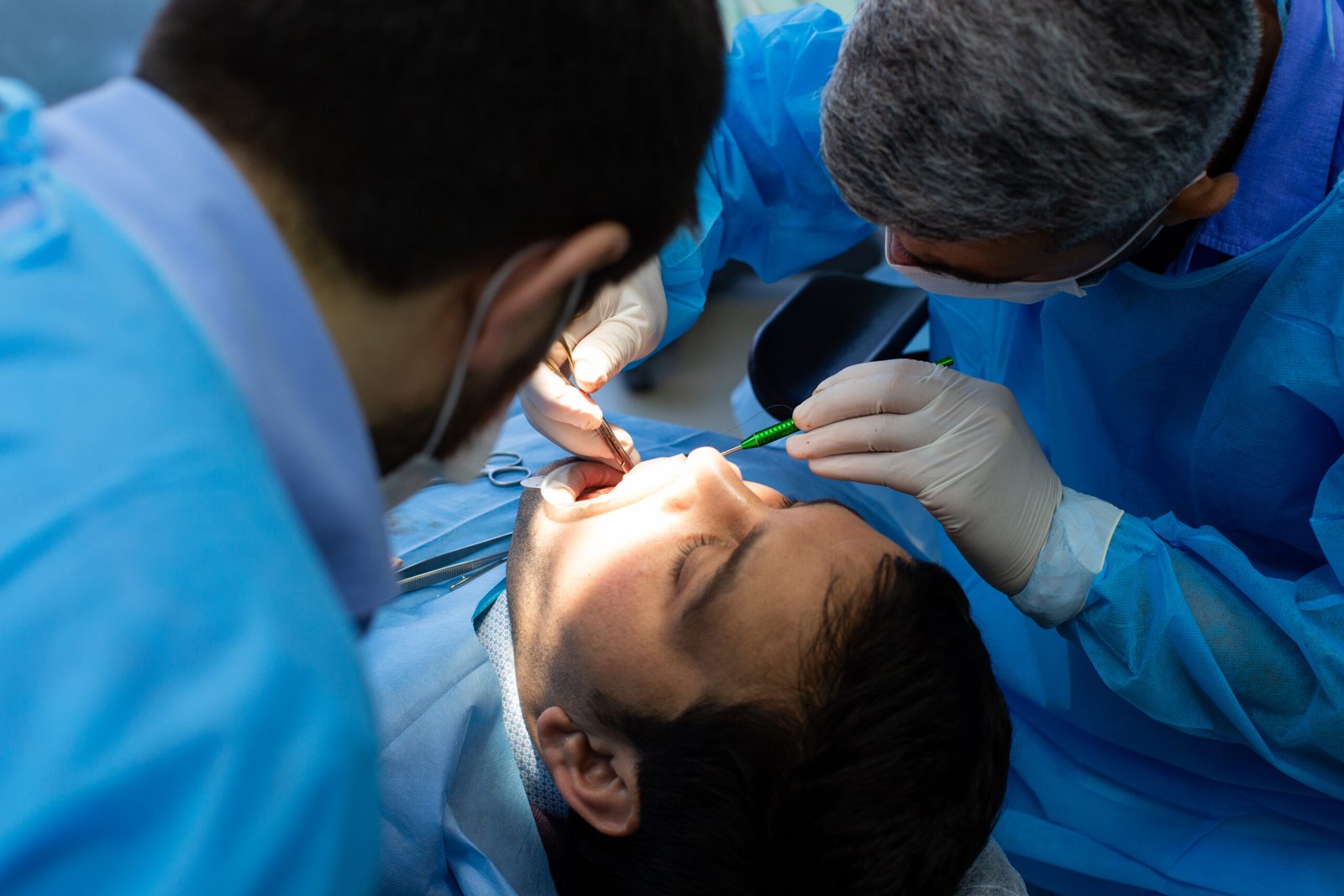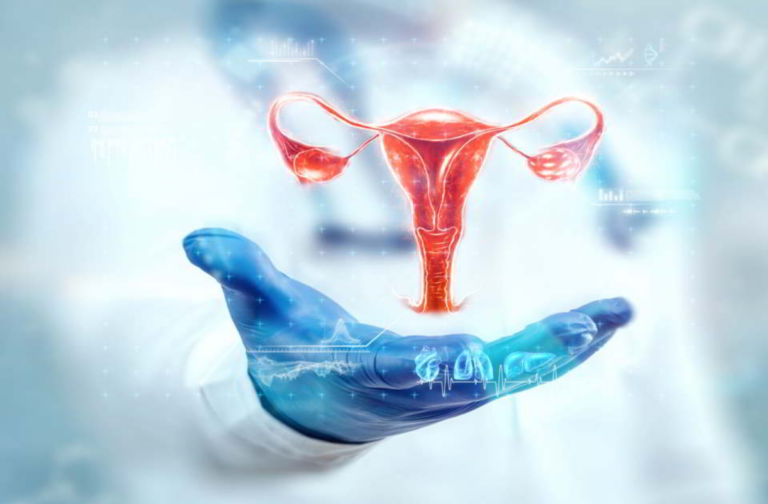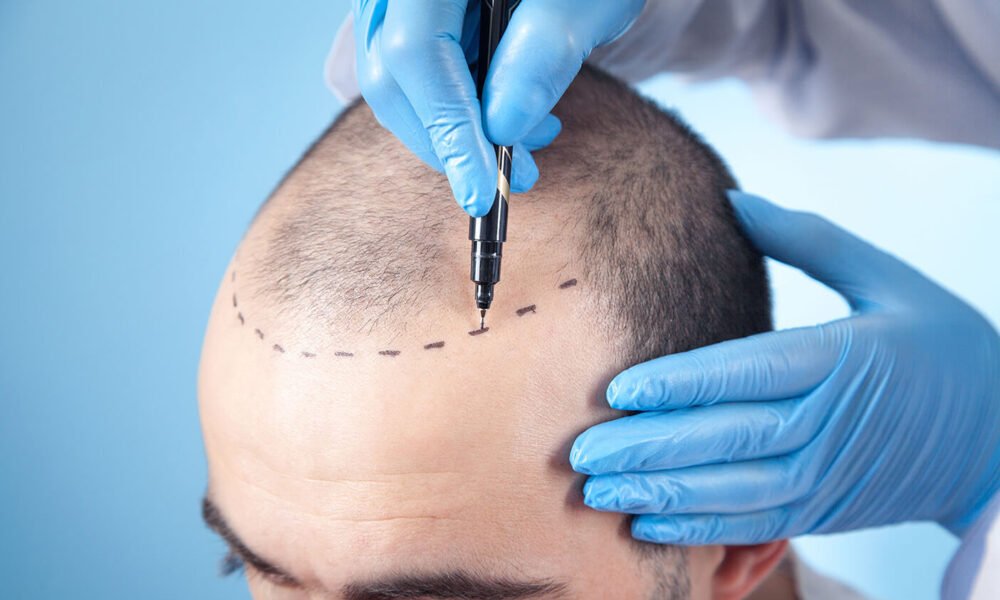Gastric bypass, also known as Roux-en-Y gastric bypass, is a malabsorptive surgical technique to combat morbid obesity. This procedure aims to modify the digestive tract to reduce food absorption and promote significant and sustainable weight loss.
Precise and effective operation:
- A small gastric pouch is created from the upper part of the stomach.
- This pouch is then connected directly to the small intestine, bypassing a large part of the stomach and duodenum.
- The ingested food then passes directly into the small pouch and then into the small intestine, reducing the absorption of calories and nutrients.
Two possible surgical techniques:
- Laparoscopic gastric bypass: preferred minimally invasive technique using small incisions.
Open gastric bypass: more invasive technique using a larger incision.
Substantial and sustainable weight loss:
Gastric bypass allows for significant and sustainable weight loss, reaching up to 60 to 80% of excess weight in 1 to 2 years.
Improvement of obesity-related comorbidities: The weight loss following gastric bypass also leads to a significant improvement in obesity-related comorbidities, such as type 2 diabetes, high blood pressure, sleep apnea, and lipid disorders.


Who is it for?
Gastric bypass is an option for people with morbid obesity (BMI over 40) or severe obesity (BMI over 35) with weight-related comorbidities who have not been able to lose weight by other means.
Benefits:
- Significant and sustainable weight loss
- Improvement of obesity-related comorbidities
- Effective and durable technique
Gastric bypass is an effective surgical technique for weight loss and improving the quality of life for people with morbid obesity. However, it is important to be well informed and to be supported by a specialized medical team.





















































Name*
katana